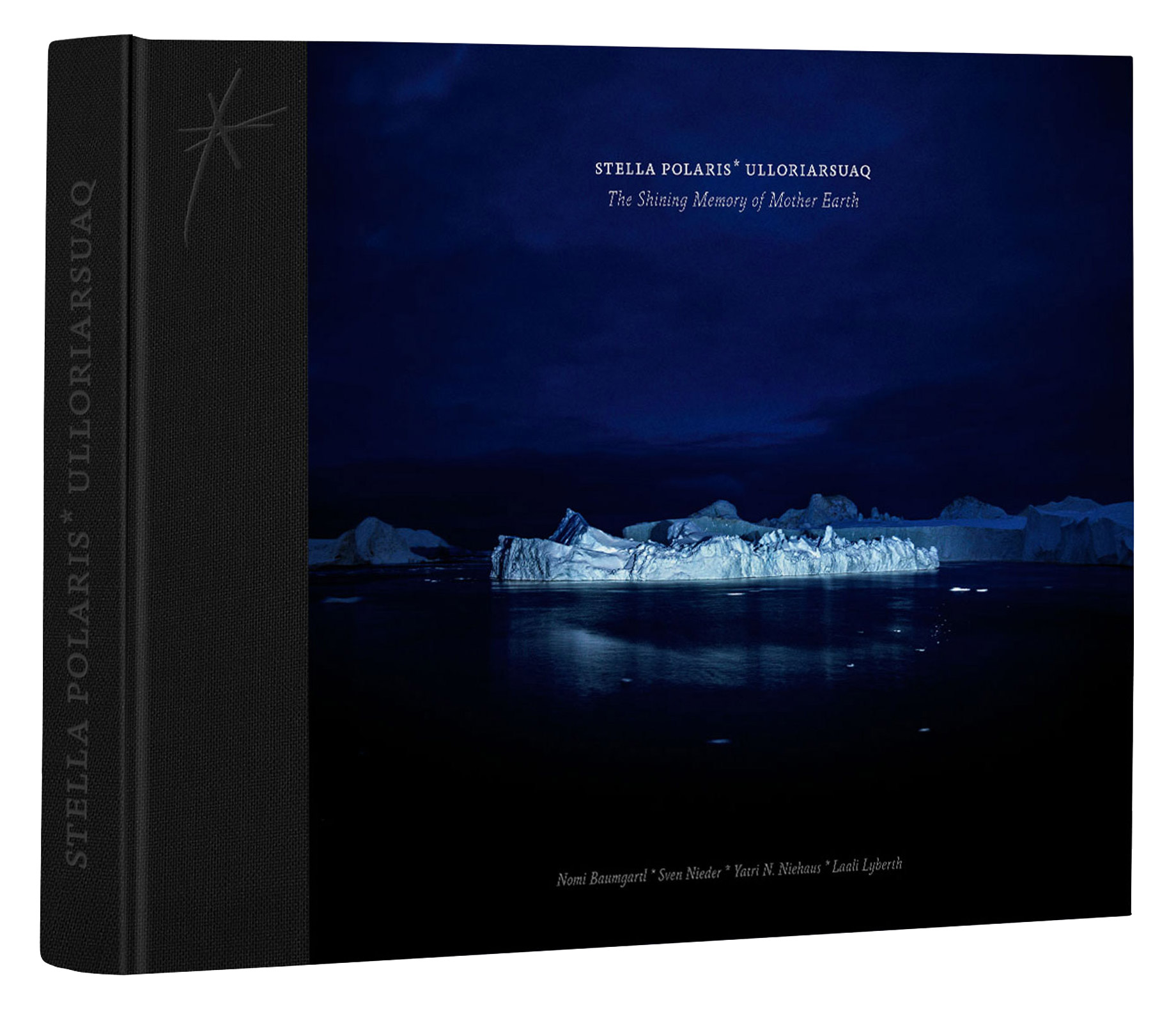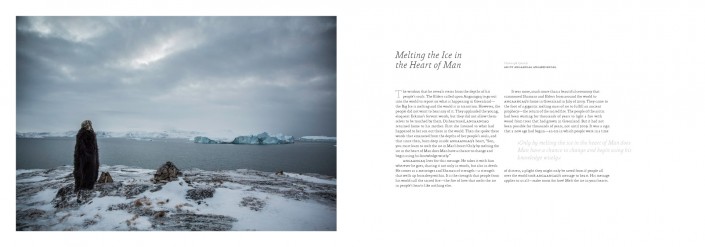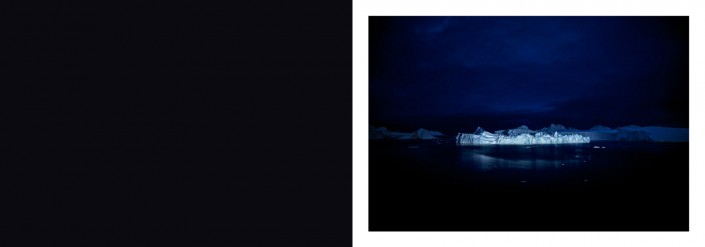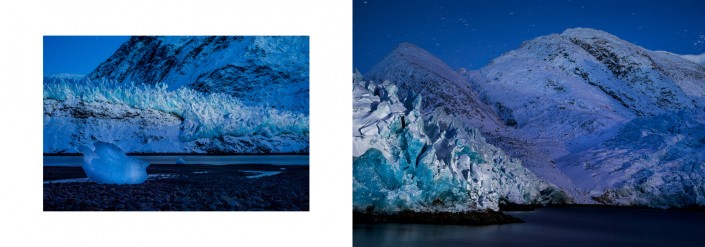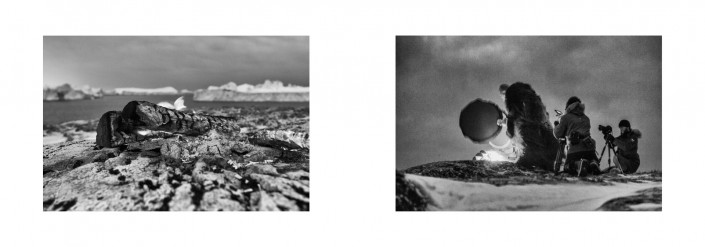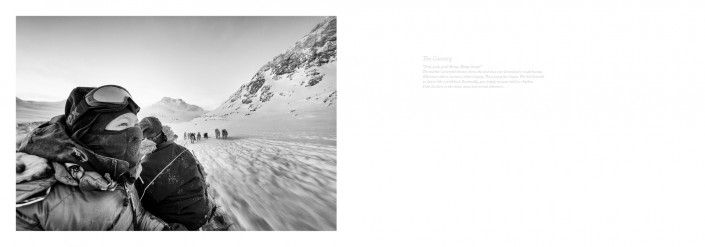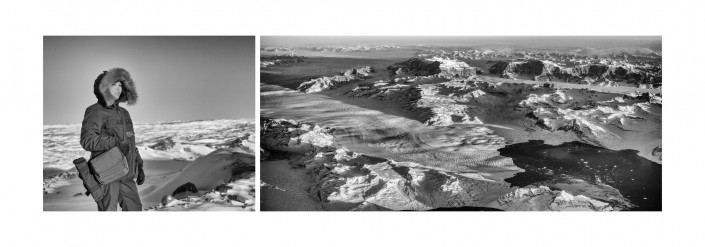Pathways of Light
Prof. Dr. Christoph Schaden
For good reason, one’s first impulse may be to try to grasp the photographic creations in this volume from a media standpoint. After all, it does concern photographs, results of that memorable method which, at the time of its invention, had already attested to the fact that light itself had become the artist.
In a literal sense, photo-graphy is also nothing other than, what was once called, light-writing—an art in which light created its own metaphor. It is not surprising that, quite early on, a mythology was attributed to this new species of pictures. Herein the sun proved to be a guarantor of natural authenticity, similar to selfexpression, that understood how to capture itself in its fixed rays of light. “Photography’s light-writing was therefore, a form of natural speech, one that guaranteed the visual acuity of the image,” writes Bernd Stiegler. One could, therefore, believe it.

